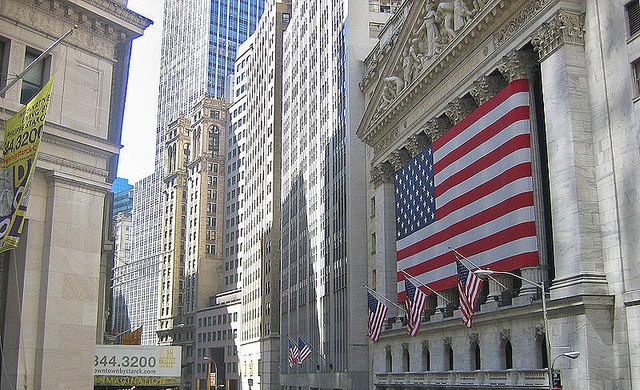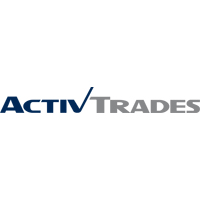In the early and mid-1980s Gillette was making good profits and this made the company attractive to a number of Wall Street players who had easy access to vast amounts of debt capital (this the era of the junk bond craze). Ronald O. Perelman, who had taken control of Revlon for $1.8bn the year before, launched a takeover bid for Gillette in 1986 at $4.1bn. Revlon had already acquired 13.9% of Gillette’s shares. Both companies operated in personal care products and, it was argued, there were sales and distribution synergies to be had.

Colman Mockler, CEO, fought hard, but the outcome is that Gillette agreed that it buy back those of its shares held by Revlon for $558m, $59.50 per share. This was higher than the market price of $56.625. Analysts on Wall Street saw the transaction as “greenmail” (In greenmail (green being the colour of a US dollar) a takeover target removes the threat by offering to buy-back shares from a hostile company at above the market price. Significantly, it does not offer the same price to other shareholders. It is illegal in many countries, including the UK)
Revlon walked away with a profit of $43m plus it got Gillette to pay $9m of its legal expenses. Meanwhile, remaining shareholders saw the share fall to $45.875.
To add more harassment, Revlon came back the following year with two more unwelcome offers. Feeling under pressure to improve performance, Gillette restructured senior management, sold under-performing units, modernised factories, moved production to low-cost locations and reduced employee numbers.
Despite all this, it found itself a target again in 1988. This time Coniston Partners, a New York investor group, holding 6% of its shares, pushed to replace four members of Gillette’s 12-strong board with its own nominees. They wanted Gillette to be sold or to be split up. There was a tense fight, but in the end Gillette shareholders voted against Coniston’s ideas. But it was very close, with 48% of shareholders voting with Coniston. Under pressure from the largest shareholder, i.e. Coniston, and fearful of more unsolicited bids, the Gillette board came up with a plan to repurchase one in seven of its shares – this time open to all shareholders. In all 16m were purchased, costing $720m.
Most of the money for this was borrowed, significantly increasing the interest burden (up to a 10% annual rate was paid), which worried investors, resulting in the share price falling 5% on the August 1988 buy-back announcement. The company tried to reassure shareholders by forecasting that total debt would fall to “only” $1bn by 1992, assisted by high cash inflow. But investors could see the balance sheet showed negative net assets ($85m of negative equity at one point in 1988), and Gillette had an expensive capital expenditure programme and brand enhancement spend. At least profits were still flowing: in 1988 earnings were $269m and then rose to $385m in 1989, on turnovers of $3.6bn and $3.8bn respectively.
Gillette directors were forced to recognise two things:
- First, they had struggled to remain independent – perhaps it was only a matter of time before one of big Wall Street beasts took them over.
- Second, they were carrying too much debt, making the company vulnerable to financial distress.
They needed to shore up defences. A “White Squire” (A White Squire is friendly company which buys a stake in a takeover target or potential target. A Squire does not require a controlling interest, as a White Knight would.), putting in non-debt capital but with rights over shares enabling some blocking of an aggressive outsider, would be ideal.
But where can you find one of those with a few hundred million dollars to hand?
The deal
Warren Buffett was able to sit in Omaha, reading his six newspapers each day, and observe from a relaxed distance the tribulations at Gillette and the way it had been bounced into weakening its balance sheet, ever fearful of another disruptive bid battle. One spring evening, when reading Gillette’s 1988 Annual Report he had an idea, “It was my thought that they might be interested in a big investment in their shares because they had used up all their capital in repurchasing shares…I’ll propose myself”. (Quoted in Gordon McKibben (1997) Cutting Edge: Gillette’s Journey to Global Leadership, Harvard Business Review Press, p225)
Over at Gillette HQ, director Joseph J. Sisco, a famed State Department diplomat and Buffett’s fellow director on GEICO’s board, was having similar ideas. Buffett called Sisco to ask if he would approach Colman Mockler to see if Gillette might be amenable to discussing an investment from Berkshire “I told Joe, look, if they have an interest, fine. If t
………………To read more subscribe to my premium newsletter Deep Value Shares – click here http://newsletters.advfn.com/deepvalueshares/subscribe-1

 Hot Features
Hot Features













